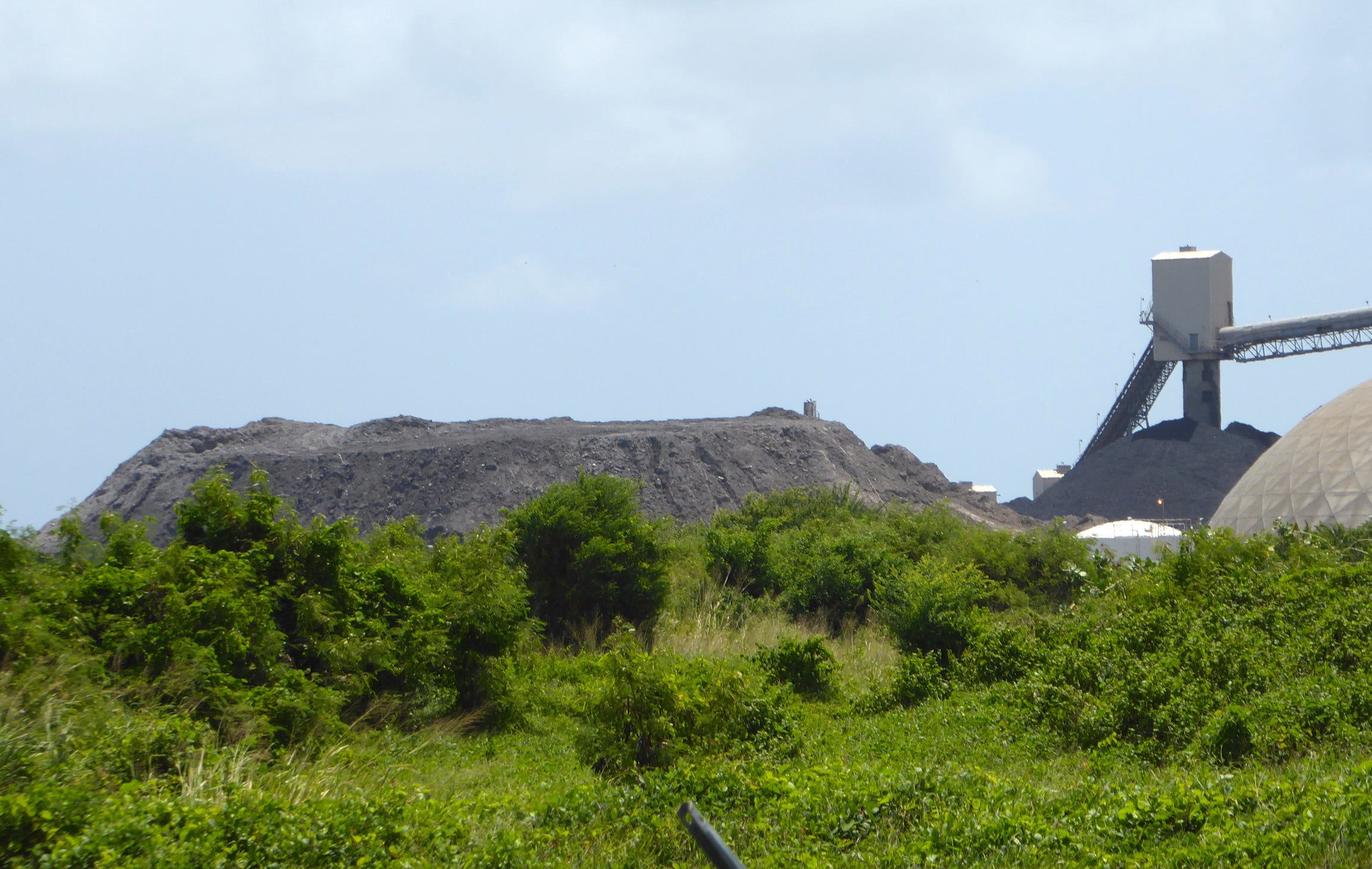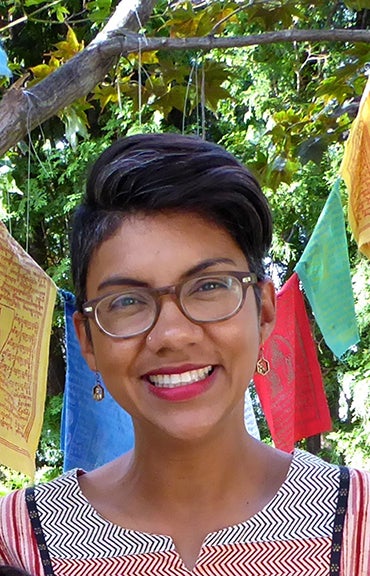KINGSTON, R.I., Jan. 19, 2017 — The Flint water crisis and Dakota access pipeline dispute generated environmental protests that resonated throughout the country last year.
Another protest is gaining steam, but this one is in Puerto Rico and it involves toxic coal ash, says University of Rhode Island Anthropology Professor Hilda Lloréns.
Lloréns, a native of Puerto Rico, recently published an article in the online journal The Conversation about the growing environmental and social problem that she has been following for years.
“In the struggle over coal ash disposal, poor and mostly black communities in Puerto Rico’s hinterlands are being forced to sacrifice their health, and the health of their environment, to support the island’s energy-intensive economy and lifestyle,’’ she says. “The crisis illustrates two closely connected problems: environmental injustice and environmental racism.’’
The source of the coal ash is a 454-megawatt, coal-fired electric power plant on the southern part of the island in the Guayama-Salinas region. More than half of the area’s residents live below the poverty line, and many identify as black, says Lloréns. Most residents rely on fishing to make a living—an industry that is now in jeopardy from the coal ash.
The coal plant is owned by the AES Corp., one of the world’s leading power companies, with headquarters in Arlington, Va. The ash contains high levels of arsenic and heavy metals that leach into the environment, contaminating the soil and water, says Lloréns. Under current Environmental Protection Agency regulations, coal ash can be disposed of in landfills, or recycled into products like concrete and drywall.

Before the plant opened in 1996, AES pledged that it would not deposit the coal ash in landfills on the island. The company’s initial strategy was to ship thousands of tons of ash to two rural coastal communities in the Dominican Republic, says Lloréns. But after doctors there reported increases in birth defects, AES was ordered to clean up the ashes and pay $6 million in a legal settlement with the Dominican Republic’s Environmental Resources Agency.
AES then developed a construction product called Agremax, a filler that contains coal ash. Some 2 million tons of coal ash were used throughout Puerto Rico to build roads, parking lots and malls. Agremax was also used as filler in housing developments, including sites near public water wells, farms, wetlands and beaches, says Lloréns.
After AES stopped using the filler, Puerto Rico’s Environmental Quality Board and the island’s public power company, which buys the coal plant’s electricity, allowed AES to reverse its pledge and deposit coal ash in local landfills after all. Sadly, most of the island’s 29 landfills are now over-capacity, and many do not comply with current regulations.
“The ash disposal controversy is worsening a landfill crisis,’’ says Lloréns.
The struggle over coal ash is rooted in “oppressive colonial and economic policies’’ imposed on the island’s residents during the last century, says Lloréns. The professor calls it “slow violence’’—gradual environmental harms endured by communities during capitalist expansion. (Princeton University Professor Robert Nixon coined the term.)
“Historically, people in this part of Puerto Rico have had little political or economic clout, making them vulnerable to exploitation by corporations like AES,’’ says Lloréns. “Now they recognize that putting coal ash in landfills threatens the resources they depend on, and they’re trying to stop it.’’
There is a glimmer of hope. Residents of the Coqui neighborhood in the Bay of Jobos are working with scientists at the University of Puerto Rico-Mayaguez to build and install solar panels throughout the community. Volunteers will be trained to install and maintain the equipment.
“Many other communities in places far from the public eye face what can seem like insurmountable obstacles in their own struggles against enduring environmental injustice and racism,’’ says Lloréns. “Every case is unique, but as pioneering environmental justice scholar Robert Bullard argues, the central challenge is the same: providing equal protection to disenfranchised communities, and ensuring that their voices are heard.’’

